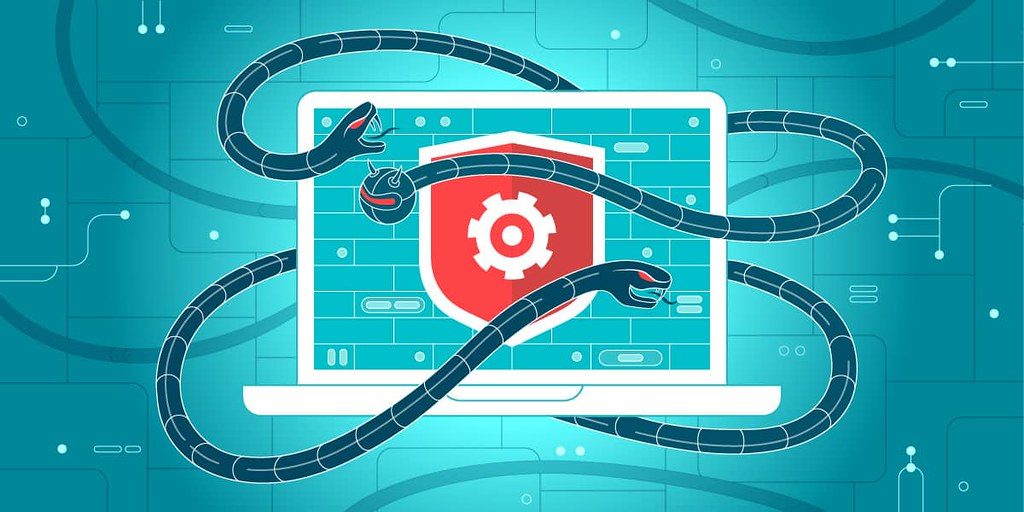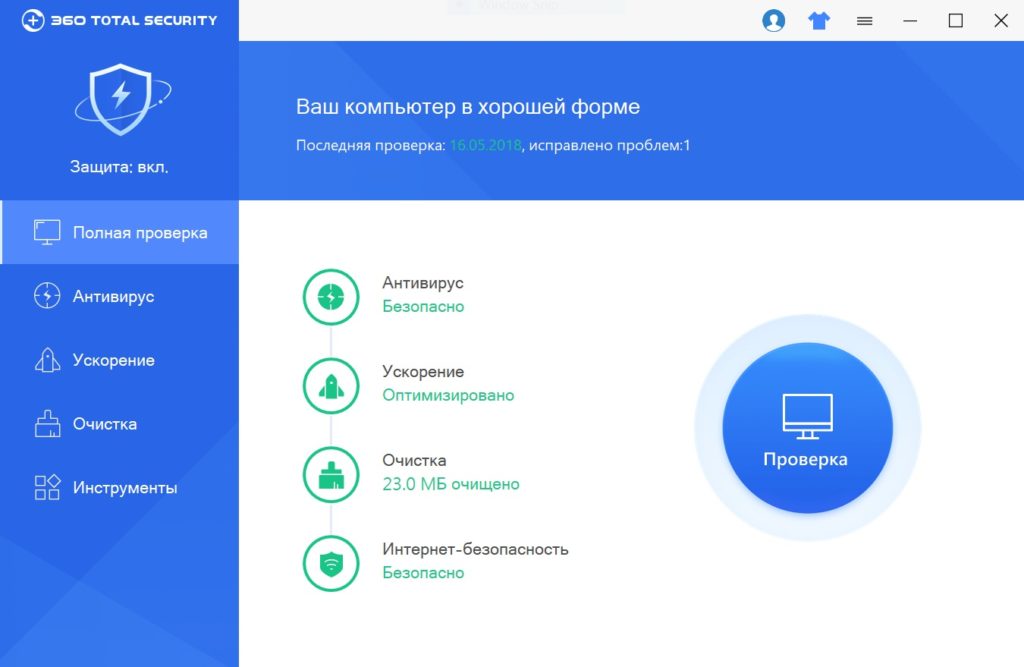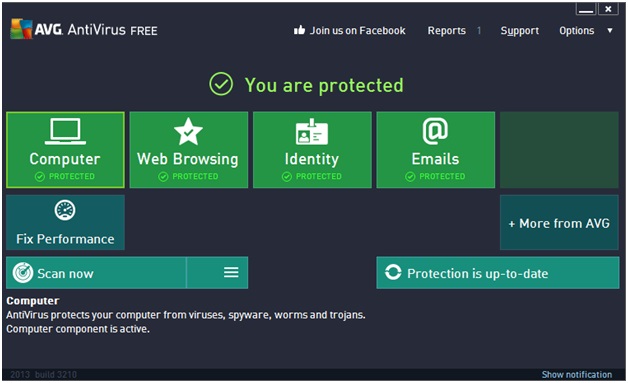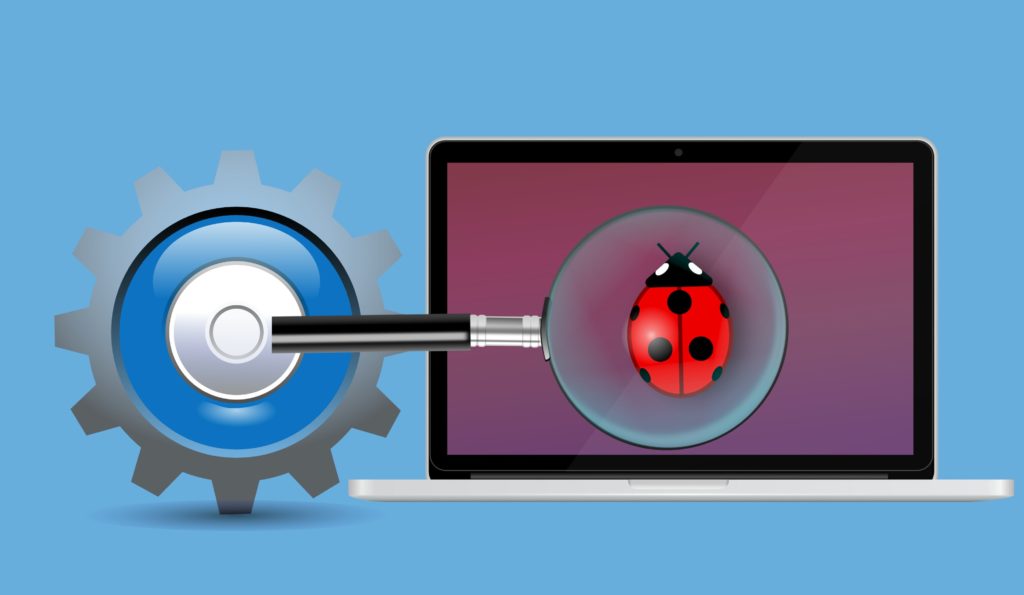Hackers steal hundreds of thousands of files from ordinary users' computers every hour. Attackers disguise their programs as updates or applications, and the gullible person downloads it. It is lucky if an antivirus is present on a laptop or computer, otherwise a harmless game or file will cause irreparable damage to the PC and turn even an expensive computer into electronic trash from transistors, resistors, and other elements.
The editors of the site "bestx.htgetrid.com/en/" have prepared for you a rating of the best free antiviruses for 2020, which will protect your computer from attacks by third parties.

Content
What is important to know about the virus
Malicious software has been formed since the creation of the first personal computers and was distributed on floppy disks. Myths and films about hackers who sit on the other side of the world and control the user's PC have only added an ominous fog to malicious creatures.
In some areas of work, even system administrators with 3-5 years of experience do not fully understand how viruses enter the system, how they spread, and what harm they can cause. Therefore, they are not able to build an effective protection against the penetration of malicious programs and company data leaks occur, even despite the presence of antivirus.
Computer virus
A program or piece of computer code that spreads through a system without user intervention is called a computer virus. Experienced programmers identify dozens of ways to inject malware into a user's or organization's PC: through mailing lists in the form of a harmless message, updates for specific programs, through websites, through a hard drive, USB flash drive, etc.
After malware penetrates a computer, it behaves differently and can lead to both grave consequences (breakdown, leakage of confidential information), or simply damage or distort files. In the worst case, the personal computer will be under the control of an intruder, and an ordinary user will not suspect about it.
Nowadays, they trust the computer to solve complex problems. For this reason, when the system fails, the consequences become tragic and end in human casualties. It is worth remembering the case that occurred in July 2018 at the Tyumen hospital, where during the operation on the brain all equipment was turned off due to the Purgen attack. If not for the experience of neurosurgeons, the outcome would have been fatal.
In 2020, at least 10,000 malicious software is known. The main difference between them is the principle of operation and the method of distribution. There are not only standard viruses, but also combined ones, which belong to 3-6 types at the same time.
File
This type appeared at the beginning of the birth of computers; the first distribution was recorded in the Microsoft DOS disk operating system. The threat penetrated into the source code of the .com and .exe programs, edited them so that the virus, not the program, would play the main role on a new launch. Malicious software could write its own code both at the beginning and middle of the material, and at the very end, this was done to make it difficult to detect. In addition, the virus is able to split the code into blocks and place it in any place.
After implementation and gaining control, the program infects the rest of the files, penetrates the RAM, etc. However, this happened at a time when computers used floppy disks, now CDs are used, which are safer (except for pirated discs). Therefore, this virus is not relevant in 2020.
Boot
This option gains access to computer management when the operating system starts up during the initialization phase. Therefore, in order to understand how the virus works, it is important to remember the startup and initialization sequence.
After turning on the computer, POST (Power On Self Test) comes into operation. The check determines the performance of the PC and its configuration. Next, the presence of a floppy disk is checked, if it is inserted, then the OS is loaded from it, if not, from the hard disk.
When the operating system starts up through a floppy disk, the computer reads the boot record into RAM. The device also contains a data structure that defines the characteristics. Control is transferred and the OS is loaded. A hard disk works much the same, only unlike a floppy disk, the master boot speed is read.
The virus modifies the boot record, while the original records remain intact, as the virus copies them. Gains control of the computer after POST ends and copies itself to RAM, which reduces the available space. It intercepts some of the BIOS functions, and in order to "cover up" traces, it loads the original data into the boot sector and gives up control. However, the virus resides in the system and is able to control the operation of programs.
Combined
Combined viruses are more common in the user's life than previous ones; they combine the properties of file and boot viruses.
Encrypted
To make it harder for antivirus to detect malicious software, some viruses use encryption. As soon as one file becomes infected, it changes the code with a new key. Such viruses differ from each other and in some circumstances have different lengths. This makes it harder to detect this type on a device unless you use an advanced program.
In addition, the virus only works when it decrypts its own executable code itself. Therefore, when an infected file is launched, the malware will start functioning after decryption.
Polymorphic viruses are also used, they are more difficult to detect, because they use opposite encryption systems and in two identical, at first glance, variants it is impossible to find the same code sequence.
Trojans
This type acts similarly to Greek myth. At first, it disguises itself as a standard program that does not attract attention, but after being launched, the user, unnoticed by himself, will write it into the computer, and it will start performing malicious tasks. Most often it is used to gain remote access to steal or destroy personal information. In order to cover up the traces of its presence, the virus itself is removed, and the cause of the failure remains undisclosed.
And these are not all types of viruses, in fact, there are more of them, and every year they develop with renewed vigor, opening up previously unknown ways of spreading. Therefore, before proceeding with the rating, it is important to understand what a person is fighting with and how.
Antivirus is not a standard program for a tick, which is put on the principle of "so it was" - it is something that can protect a person in a critical situation from the loss of personal information.
Thinking that this problem will not touch upon is absurd, the same as leaving home and leaving the door open. At first, trouble will not happen, and then it will be too late to grieve. Therefore, it is important that a person understands what he is struggling with and why.

Briefly about the work of antiviruses
A program that slows down the spread of or kills malware is called an antivirus. Most often it is developed for the Windows operating system, as it is vulnerable to attacks and is distributed around the world.
From the outside, the work of the antivirus can be mistaken for a virus, it also monitors network traffic, monitors applications, collects statistics, listens on ports, etc. For this reason, programmers do not recommend installing two antiviruses on one computer, because the consequences can be catastrophic.
Antiviruses from the best manufacturers fight malware in a variety of ways. Also, it is important to remember that even an installed licensed application does not provide 100% protection against intrusion. Basically, the work of the antivirus is to eliminate the consequences that the user himself created (downloaded the program from an unfamiliar site, went to the wrong page, etc.).
Rating of high-quality and free antivirus programs
360 Total Security (360 TS)

A free option that became popular in 2015. After installing the antivirus, the first thing worth noting is the clear interface, even an inexperienced user can easily figure it out.
This application has become a godsend for people, it is equipped with dozens of different features that are available in both 360 Total Security and the paid 360 Total Security premium. The antivirus operates on five engines: Avira, Bitdefender, QVM AI, cloud scanner and System repair. Another advantage is support for popular browsers, ranging from Internet Explorer or Microsoft Edge to Yandex Browser and Opera. In addition to protecting and leaking personal data, 360 TS prevents attempts to hack a webcam and consumes little RAM, so the computer does not slow down during operation.
However, apart from the advantages, users note some disadvantages. For example, the free 360 Total Security contains annoying ads, no firewall (protection on the Internet), sometimes the antivirus detects malicious programs in licensed applications, which often annoys a person, since there can be no viruses there.
The average price for the paid version is 1299 rubles for 1 year for personal use on three devices. Works on Windows and MacOS. Recommendations and reviews from people who have used it are different, but the average rating is 4.3 out of 5.
Advantages:
- Minimum load on RAM;
- Nice appearance;
- Fast;
- 5 protection engines;
- Garbage removal;
- Completely free.
Disadvantages:
- Advertising;
- False alarm;
- Useless against new threats.
Panda Antivirus Pro

This option is suitable for people who are not going to use an antivirus for a long time. The trial license is valid for 30 days, during which time the user will have time to fully familiarize himself with the application and remove malware.
Although it is inferior to top manufacturers in solving some complex problems, for most users this product is an indispensable tool for eliminating an unforeseen threat.
In the trial version of the program, the functionality remains unchanged and reliably protects the computer. There is a built-in firewall and blocking of dubious applications. Protects not only your computer, but also from penetration to your home Wi-Fi network. When tested for protection, it showed 8.8 points, the same as Kaspersky Anti-Virus 2016.
Installation is carried out in a couple of clicks, a small load on the processor and security - that's what the user gets after downloading Panda Antivirus Pro.
Advantages:
- Doesn't load the system;
- Internet security;
- Easy to use;
- Parental control;
- High-speed support service in Russian.
Disadvantages:
- Free version for 30 days;
- Weak phishing protection;
- Upon purchase, the cost will be 4490 rubles.
AVG Anti-Virus Free

Free antivirus program that will solve many problems with viral files. According to some users, this product occupies a separate place in the market. Dozens of useful functions that protect computers from all-round attacks, modern interface, remote control, personal computer optimization - all this offers AVG Anti-Virus Free.
It does not take up much space on a PC and is not picky about characteristics, which is why it will work even on weak devices.The manufacturer of the product has equipped it with not only reliable protection, but also with the acceleration of the computer, so if you use the product as intended, it will become an indispensable assistant.
The interface is Russian-language with easy navigation. The product also received 5.5 points out of 6 in virus protection testing.
AVG Anti-Virus Free is designed for home use and only supports Windows 10, 8.1, 8, 7, Vista and XP. The product is updated frequently, and the virus databases are updated 5-6 times a day, so the user should not worry about the security of his personal data.
A significant drawback is the low protection against new phishing methods, but if you know the main ways of this kind of ransomware, the user will not notice this problem and will be safe.
Advantages:
- High test scores;
- High-quality blocking of malicious software and links;
- PC optimization;
- Free software;
- Convenient interface.
Disadvantages:
- Low level of protection against phishing.
AdAware Antivirus

If a person is looking for a product with an anti-spyware function, then this is a suitable option. When testing for protection, the antivirus scored 8.4 points out of a possible 10, which is a good indicator.
The product is completely free and can be downloaded from the official website. The only significant drawback of the program is that there is no protection against links and fraudulent sites. Otherwise, it is a basic antivirus with a normal degree of protection against Trojans and other viruses.
Advantages:
- The program is free;
- Optimizes the computer;
- Friendly interface;
- Antispyware.
Disadvantages:
- Medium protection;
- Will not protect the user from malicious links;
- There are no additional features.
Kaspersky Free

This option is provided to users free of charge for one year with further renewal. People appreciate it because it reliably protects a person from Internet threats. Thus, Kaspersky Free intercepts malicious scripts, thereby making surfing the Internet safer.
The product also protects the user even when working in public Wi-Fi networks by blocking personal data. Therefore, the person remains anonymous, while not losing access to their favorite sites.
Unlike the paid version, only 2 functions out of 6 are available: database update, system check. In a comprehensive PC protection test, Kaspersky Free scored 10 points out of 10, which makes it one of the best programs in the free segment.
Advantages:
- Reliable protection against phishing;
- High scores;
- User protection in public networks;
- Completely free product.
Disadvantages:
- Limited functionality

Output
The antiviruses described above are suitable for almost any computer. Thanks to them, the user can safely download files and applications. However, you should not lose your vigilance, because these programs do not guarantee 100% success, all actions depend on the user.
If you have experience in using antiviruses described in the rating, or more interesting options, tell us about it in the comments.













I used AVG for a very long time, until one night I got caught on a phishing site and lost 15,000 rubles from the card. Since then, at Kaspersky.